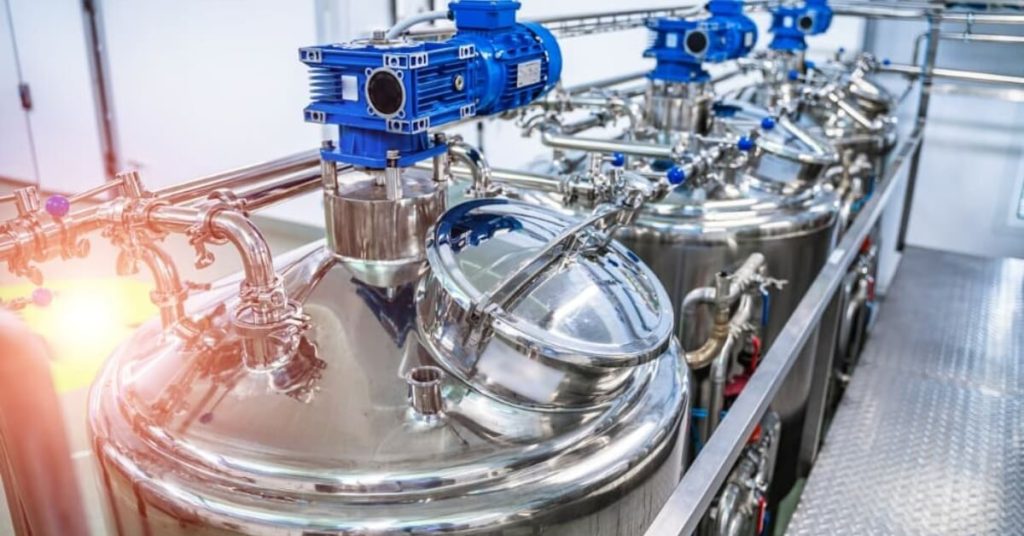
Pasteurization is a critical process in beverage production that ensures safety and preserves flavor. This article explains how to pasteurize beverages effectively, providing tips to craft safe and delicious drinks. Whether you’re a homebrew enthusiast or a professional in the beverage industry, these insights will guide you in achieving the best results.
Understanding Pasteurization
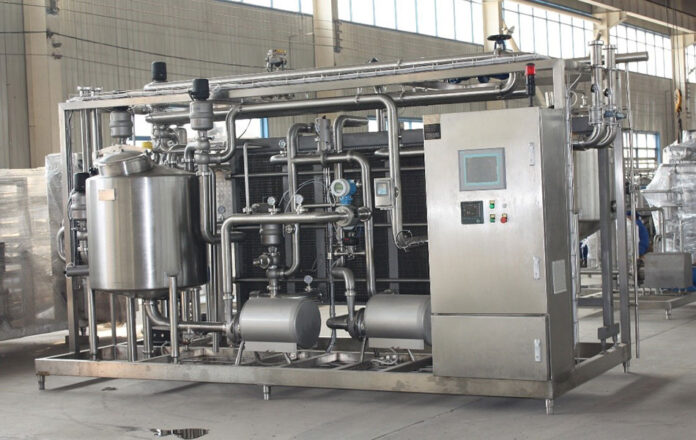
To eradicate dangerous germs from drinks, beverage pasteurization entails heating them to a certain temperature. This method—named after the scientist Louis Pasteur—lowers the number of microorganisms that are still alive rather than sterilizing the beverage.
The secret to effective beverage pasteurization is to strike a balance between time and temperature. While not heating the drinks to the proper temperature may not completely destroy hazardous germs, overheating might change the flavor and nutritional value.
Types of Pasteurization
There are mainly two types: high-temperature short-time (HTST) and ultra-high-temperature (UHT). HTST, often used for milk, involves heating the beverage to 72°C (161°F) for about 15-20 seconds.
UHT, on the other hand, heats the drink to a higher temperature of around 135°C (275°F) for a shorter duration, usually 2-5 seconds. This method extends shelf life significantly, making it popular for storing beverages without refrigeration.
Equipment and Setup
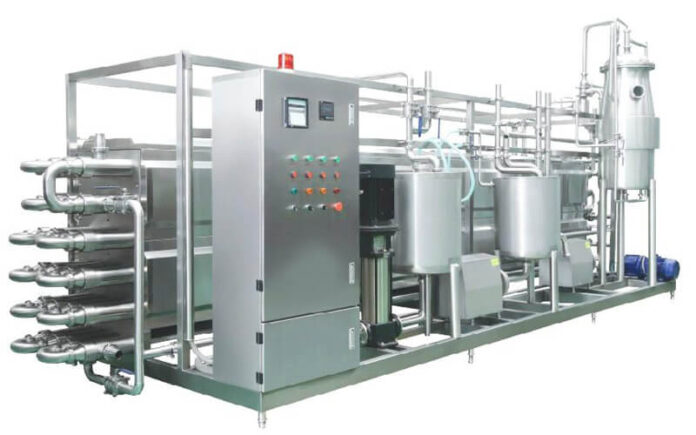
Selecting suitable equipment is crucial for effective pasteurization. For small-scale operations, a double boiler or a large pot with a thermometer can suffice. For larger scales, specialized machines are available.
These machines offer precise temperature control, ensuring consistency and safety. Regardless of the scale, a reliable thermometer is essential to monitor the process accurately.
Your station should be clean and well-organized. Ensure that the heating source is reliable and that you have a cooling system in place for post-pasteurization. For cooling, you can use ice baths or specialized cooling equipment. Proper sanitation is key. All equipment, including bottles and caps, should be sterilized to prevent contamination.
Techniques
Batch pasteurization, also known as vat pasteurization, involves heating a large quantity of drnk in a single batch. This method is suitable for small-scale operations.
The beverage is heated in a vat or pot to the target temperature, held for the required time, and then cooled rapidly. This method allows for greater control but can be time-consuming and labor-intensive.
Continuous pasteurization is more efficient for large-scale operations. The drink flows continuously through a heat exchanger, reaching the temperature quickly and maintaining it for a predetermined period. This method is faster and more consistent but requires more sophisticated equipment and a higher initial investment.
Monitoring and Control
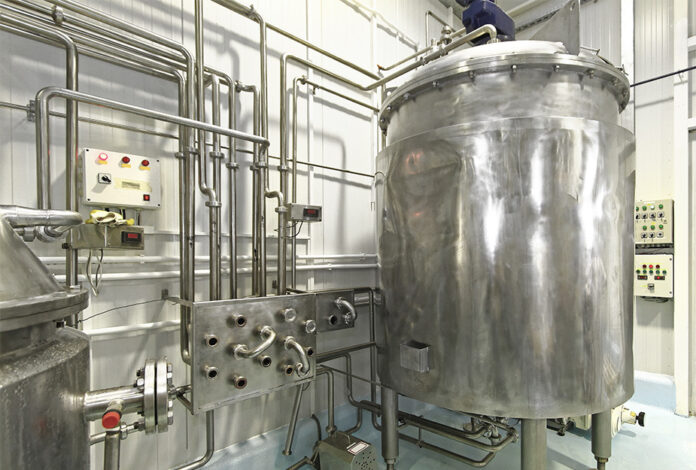
Accurate temperature control is vital. Even a small deviation can affect the safety and quality of the drink. Use a calibrated thermometer to monitor the temperature continuously. Digital thermometers offer more precision and can be connected to alarms or automatic shut-off systems for added safety.
Time management is as crucial as temperature control. The beverage must be held at the target temperature for a specific duration to ensure all harmful bacteria are eliminated.
Using timers or automated systems can help maintain the necessary time frames. Remember, longer times can affect the flavor and nutritional content.
Post-Pasteurization Handling
After pasteurization, it’s important to cool the beverage quickly to prevent continued cooking or spoilage.
Rapid cooling also helps maintain flavor and extends shelf life. Store pasteurized beverages in a cool, dark place. If using UHT pasteurization, the liquid can be stored at room temperature; otherwise, refrigeration is recommended.
Quality control is crucial to ensure the safety and taste of your pasteurized beverages. Regularly test samples for microbial activity. Organoleptic tests (taste, smell, appearance) should also be part of your quality control process. This helps in identifying any off-flavors or colors that might indicate a problem in the process.
Common Challenges and Solutions
Overheating is a common challenge in pasteurization. It can cause changes in taste, color, and nutritional value. To prevent this, monitor the temperature closely and use equipment that offers precise temperature control. If overheating occurs, assess the product’s quality and determine if it’s still suitable for consumption.
Ensure your thermometer is accurate and adhere to the recommended temperature and time guidelines. Regular microbial testing can help identify any issues with under pasteurization, allowing for prompt corrective actions.
Innovations in Technology
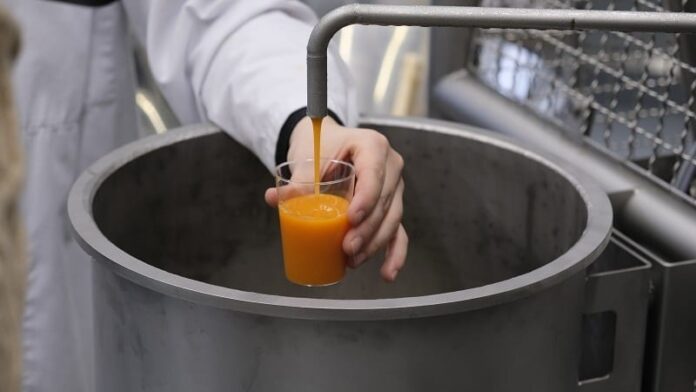
Recent advancements in technology are transforming the beverage industry. Innovations like pulsed electric fields (PEF) and high-pressure processing (HPP) offer alternatives to traditional heat methods.
PEF uses short bursts of high voltage to eliminate microorganisms without significant heating, preserving the taste and nutritional value better. HPP, on the other hand, applies high pressure to destroy pathogens while maintaining the beverage’s freshness and extending shelf life.
These modern methods provide significant benefits. They reduce energy consumption, enhance safety, and preserve the sensory and nutritional quality of beverages better than traditional heat-based pasteurization.
This makes them particularly suitable for high-quality juices, dairy alternatives, and craft beverages. As these technologies become more accessible, they are likely to become the standard in beverage pasteurization, offering consumers safer and more flavorful options.
Ensuring Sustainability in Pasteurization Processes
Even while pasteurization is necessary for safety, it can hurt the environment due to its use of water and energy. Environmentally conscious initiatives are becoming more and more popular.
Energy-saving strategies are being used, such as heat recovery systems and conditions optimization. Reusing and recycling water in cooling systems is also becoming increasingly popular, which lowers the process’s overall water footprint.
Adopting sustainable practices benefits the environment and enhances the brand image and can lead to cost savings. Many beverage companies are now investing in renewable energy sources, like solar or wind power, to run their operations.
They are also exploring eco-friendly packaging options post-pasteurization, aligning the entire production process with sustainability goals. This shift towards green practices is reshaping the beverage industry, making it more responsible and future-proof.
Understanding Pasteurization Regulations and Standards
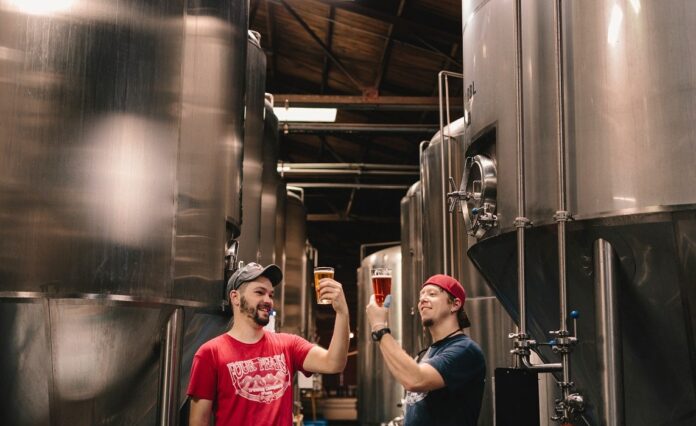
Adhering to regulations and standards is crucial in the beverage process. Different countries and regions have specific guidelines regarding temperature, time, and methods of pasteurization to ensure public safety.
Familiarizing oneself with these regulations is essential to avoid legal issues and ensure consumer safety. Non-compliance can lead to product recalls, legal penalties, and damage to the brand’s reputation.
Conclusion
When done correctly, pasteurization preserves the flavor and nutritional content of the beverage while guaranteeing safety.
You may manufacture pasteurized drinks of superior quality by comprehending the procedure, selecting appropriate equipment, and following best practices. To get the greatest outcomes, remember that quality control and constant monitoring are essential.






